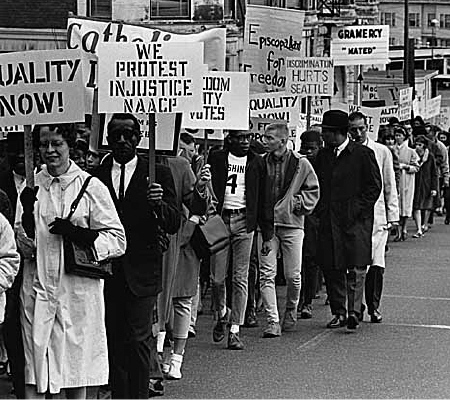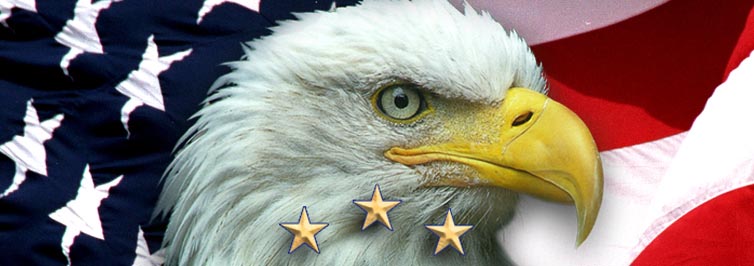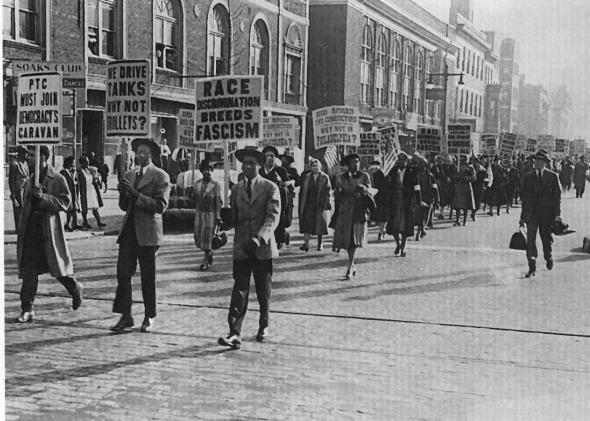African American Civil Rights

The African-American Civil Rights Movement (1955–1968) refers to the reform movements in the United States aimed at outlawing racial discrimination against African Americans and restoring Suffrage in Southern states. This article covers the phase of the movement between 1954 and 1968, particularly in the South. By 1966, the emergence of the Black Power Movement, which lasted roughly from 1966 to 1975, enlarged the aims of the Civil Rights Movement to include racial dignity, economic and political self-sufficiency, and freedom from oppression by whites.
Many of those who were active in the Civil Rights Movement, with organizations such as NAACP, SNCC, CORE and SCLC, prefer the term "Southern Freedom Movement" because the struggle was about far more than just civil rights under law; it was also about fundamental issues of freedom, respect, dignity, and economic and social equality.



